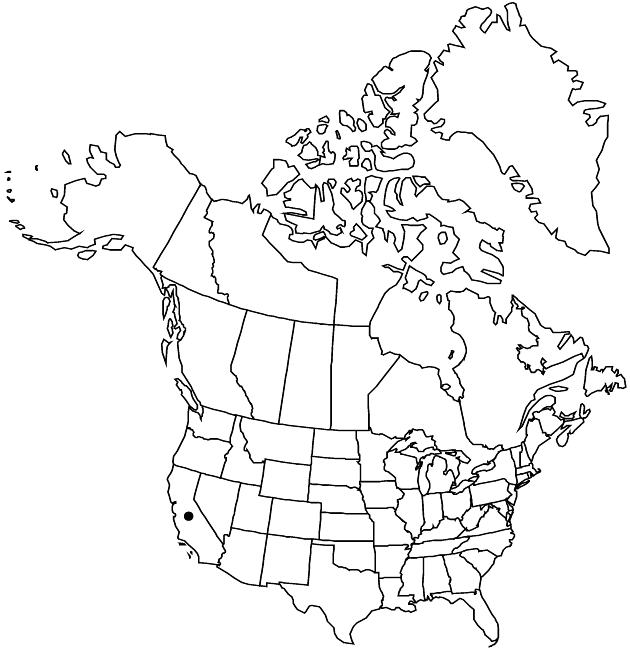Deinandra fasciculata
Fl. Francisc. 4: 424. 1897.
Annuals, 4–100 cm. Stems ± solid. Leaves: proximal blades toothed, faces hirsute. Heads usually in glomerules or pairs, sometimes well separated, in racemiform or paniculiform arrays. Bracts subtending heads usually overlapping at least proximal 1/2 of each involucre. Phyllaries sessile-glandular near margins, sometimes with nonglandular, non-pustule-based hairs as well. Paleae in 1 series. Ray-florets 5; laminae deep yellow, 6–14 mm. Disc-florets 6, all or mostly functionally staminate; anthers reddish to dark purple. Pappi of 5–12 lanceolate to oblong or linear, entire or fringed scales 1–1.5 mm. 2n = 24.
Phenology: Flowering Apr–Sep.
Habitat: Grasslands, openings in chaparral, coastal scrub, and woodlands, vernal pool beds, disturbed sites (e.g., burns), often in sandy or clayey soils, sometimes serpentine
Elevation: 0–1000 m
Distribution

Calif., Mexico (Baja California)
Discussion
Deinandra fasciculata occurs in southwestern California, especially on immediate coast, and on southern Central Coast and in the western Outer South Coast Ranges.
Selected References
None.